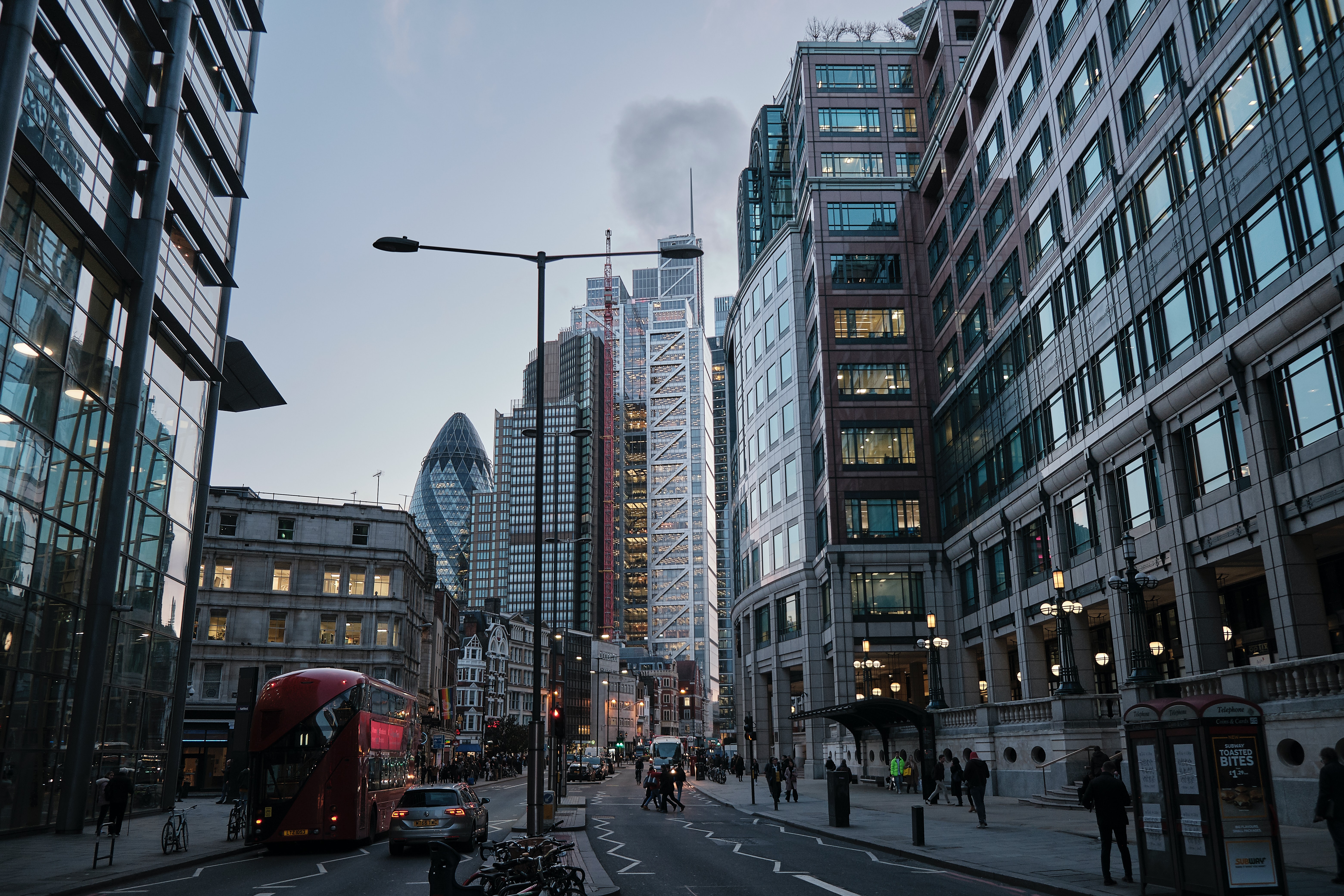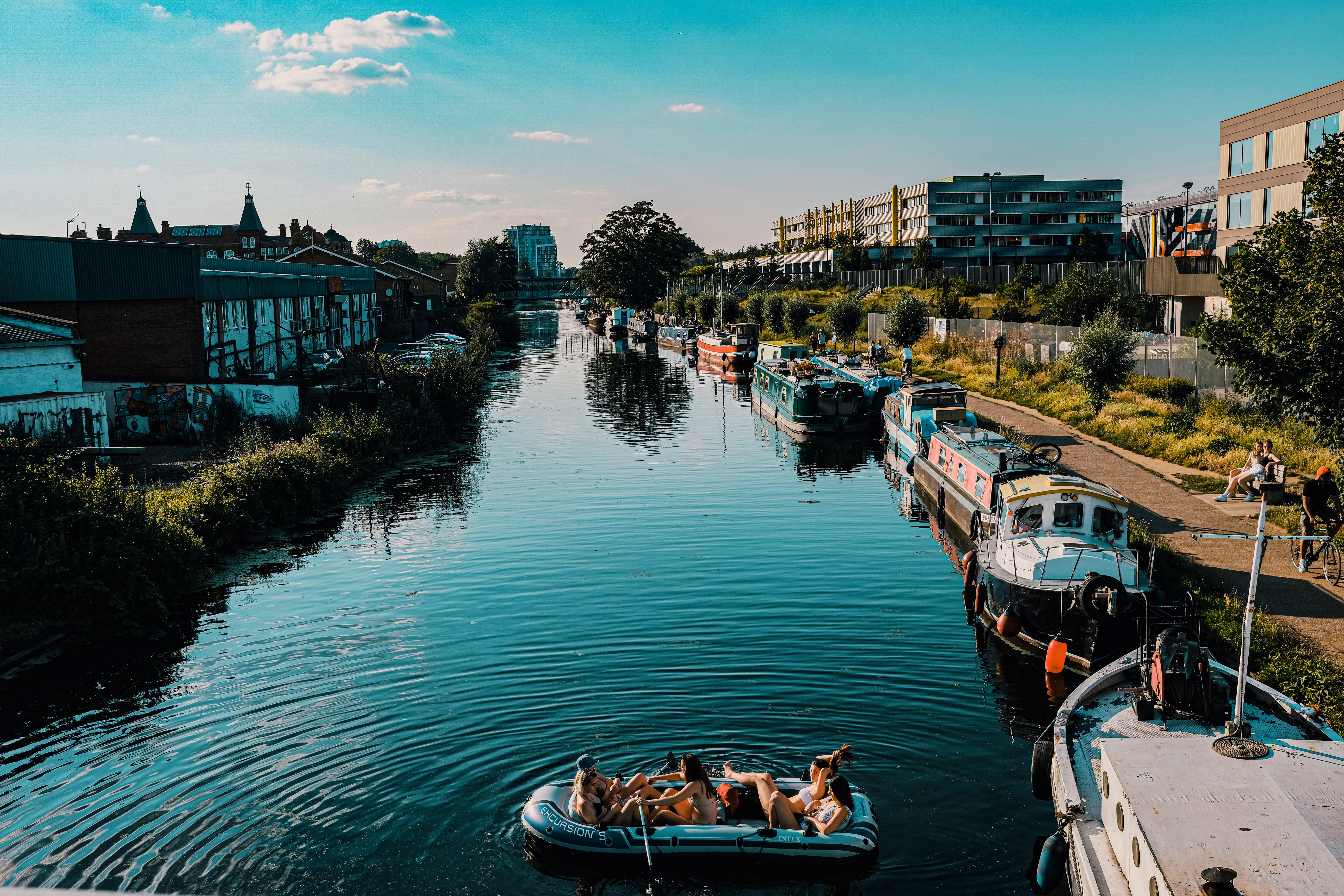
Creative workspaces can add up to 10% in prices of London homes
Industry specialists reveal an annual increase of up to 10% in prices of London houses that offer the availability of workspaces for creatives.
The study was conducted by Creative Land Trust, Get Living and Creative Estuary. The experts based the research on house prices in locations known for creative workspaces.
The researchers compared home prices in such areas to the rest of the market and analysed the data over various time periods to work out the level of outperformance.
Key findings
The general finding of the research is that residential property in London with nearby creative workspaces is 4.4% more valuable than the rest of the market.
Property in the City of London turned out to benefit the most from the availability of workspaces for creatives. There is a possibility of the added value of 10% in this Central London area.
Creative workspaces in areas such as Southend and Basildon increased the value of homes by 3.3% a year over 5 years.
By comparison, properties in East London areas such as Hackney Wick or Fish Island can see a 2% increase in prices if such workspaces are nearby.
Expert comments
Ailish Christian-West at Get Living thinks of workspaces for creatives as an «important part of the ecosystem». She thinks investors and developers should support them.
She says that people favour living in areas with a vivid arts and creative sector. She warns to give people opportunities to create and showcase the art to not lose that to «other places, or even other countries».
Recently Get Living launched The LabE20 – the East London creative hub. Creatives have rent-free access to the workspace there.
Christian-West thinks of the hub as a creative workspace for London designers and creatives. She says it is focused on sustainable development, and it is an essential part of the ecosystem to «nurture and support».
Gordon Seabright of Creative Land Trust reveals the ultimate goal of the study: to support the affordable creative workspaces provision. To achieve that, they provide developers with the evidence that workspaces for creatives contribute to the values in residential developments.
Emma Wilcox of Creative Estuary adds that creative workspaces «gained critical mass and recognition». Attractive hotspots create demand for housing, and most of the time increase property prices in the face of limited supply.


